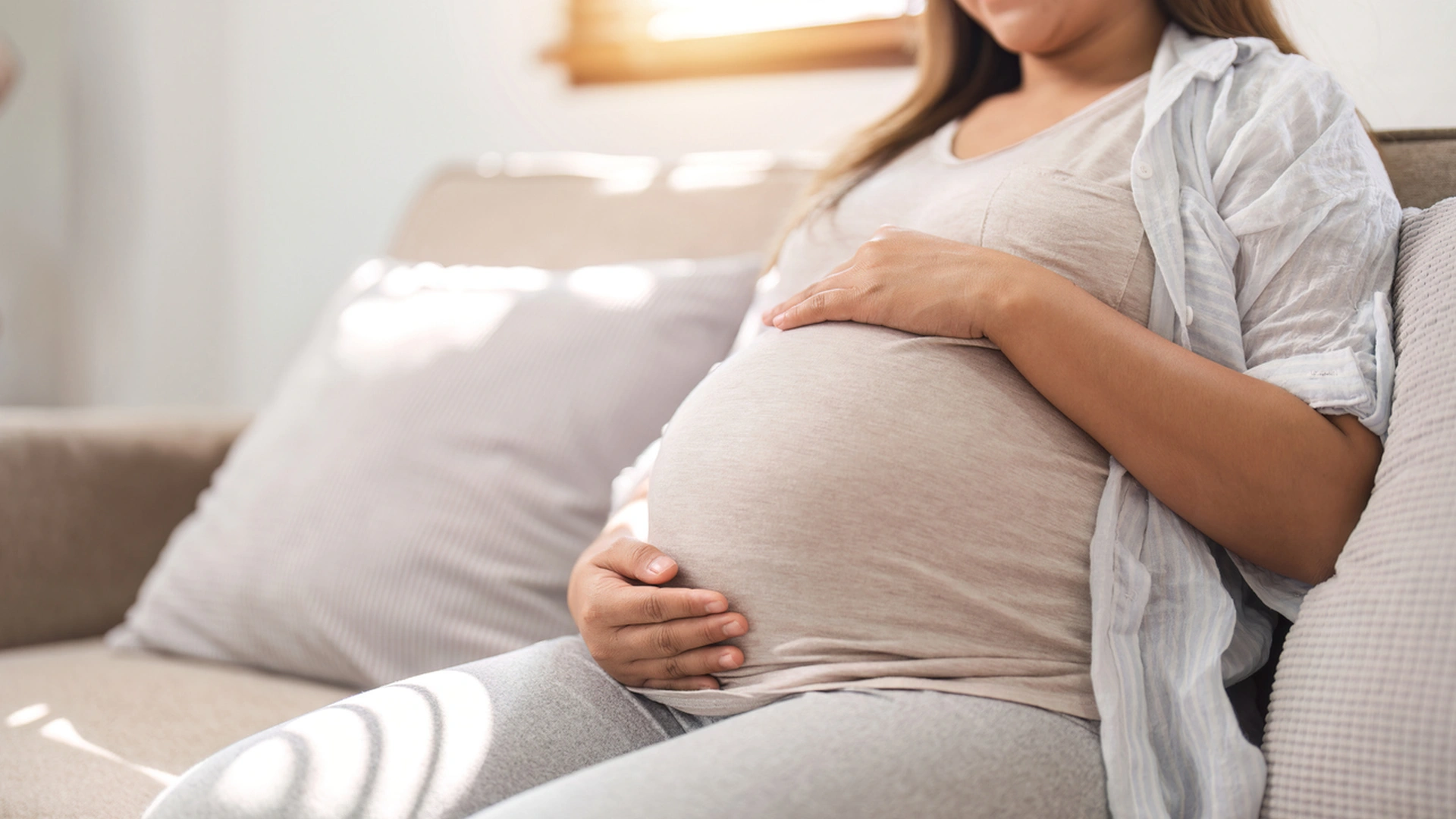

Candidiasis is a common fungal infection that affects women at different stages of their lives. During pregnancy, concerns about its impact increase. While it can be uncomfortable, it is usually not serious and does not pose a risk to the baby’s health. However, if left untreated, it can cause significant discomfort and, in rare cases, may be transmitted to the baby during childbirth.
In this article, we will take an in-depth look at the relationship between candidiasis and pregnancy, examining its possible effects and providing valuable information for expectant mothers.
What is vaginal candidiasis?
Vaginal candidiasis is an infection caused by the excessive growth of a fungus called Candida albicans. This fungus naturally lives in the vagina, but when there is an imbalance in the vaginal flora, it can grow uncontrollably and cause an infection.
Symptoms of vaginal candidiasis during pregnancy
The symptoms of vaginal candidiasis during pregnancy may include:
-
Itching and irritation in the vagina and vulva.
-
Redness and inflammation of the vagina and vulva.
-
Pain or burning sensation when urinating.
-
Pain or discomfort during sexual intercourse.
-
Thick, white, clumpy vaginal discharge, similar to cottage cheese.
-
Mild yeast-like vaginal odor.
If you have symptoms of vaginal candidiasis, it is important to consult a doctor during pregnancy to receive appropriate treatment and prevent these complications.
Causes of vaginal candidiasis during pregnancy
Although vaginal candidiasis is not exclusive to pregnancy, several factors contribute to its appearance:
-
Hormonal changes: Elevated estrogen levels during pregnancy can alter the natural balance of the vaginal flora, promoting the growth of Candida albicans.
-
Gestational diabetes: Excess sugar in the blood increases the risk of fungal infections.
-
Use of antibiotics: Antibiotics can disrupt the vaginal flora, allowing excessive growth of fungi.
-
Wearing tight clothing: Clothing that does not allow proper ventilation can create an environment conducive to fungal growth.
Diagnosis of vaginal candidiasis during pregnancy
The doctor will perform a physical examination and analyze your vaginal discharge to confirm whether you have candidiasis.
What tests are performed?
-
Physical examination: The doctor will observe the vagina and vulva for signs of infection, such as redness, inflammation, or irritation.
-
Vaginal discharge analysis: The doctor will take a small sample of your vaginal discharge to examine it under a microscope. In some cases, a culture may also be performed to confirm the diagnosis.
Treatment of vaginal candidiasis during pregnancy
The treatment of vaginal candidiasis during pregnancy generally involves antifungal medications. These can be administered topically (suppositories, creams) or, in some cases, orally. It is important that the treatment is prescribed by a doctor to ensure it is safe for both the mother and the baby.
Risks of vaginal candidiasis during pregnancy
If left untreated, vaginal candidiasis during pregnancy may increase the risk of:
-
Preterm birth: Delivery before 37 weeks of pregnancy.
-
Premature rupture of membranes: The breaking of the amniotic sac before labor begins.
-
Low birth weight: A birth weight below 2.5 kg.
-
Urinary tract infection: An infection in the urinary tract.
Prevention of vaginal candidiasis during pregnancy
To prevent vaginal candidiasis during pregnancy, we recommend following these tips:
Clothing:
-
Choose breathable cotton underwear. Cotton allows the genital area to breathe and prevents moisture, reducing fungal growth.
-
Avoid tight clothing. Tight clothes can trap moisture and heat, creating a favorable environment for fungal growth.
Hygiene:
-
Practice good personal hygiene. Wash the genital area with warm water and mild soap at least once a day.
-
Clean the vagina from front to back after using the bathroom. This helps prevent bacteria and fungi from entering the vagina.
-
Avoid using scented soaps or vaginal deodorants. These products can irritate the vagina and disrupt the natural balance of the vaginal flora.
Diet and hydration:
-
Drink plenty of water. Proper hydration helps keep the vagina healthy and reduces the risk of infections.
-
Eat a healthy diet. A diet rich in fruits, vegetables, and natural yogurt can help maintain the balance of the vaginal flora.
Additional tips:
-
If you have diabetes, it is important to control your blood sugar levels. High blood sugar can increase the risk of vaginal candidiasis.
-
If you have a history of recurrent vaginal candidiasis, talk to your doctor about possible additional preventive measures.




